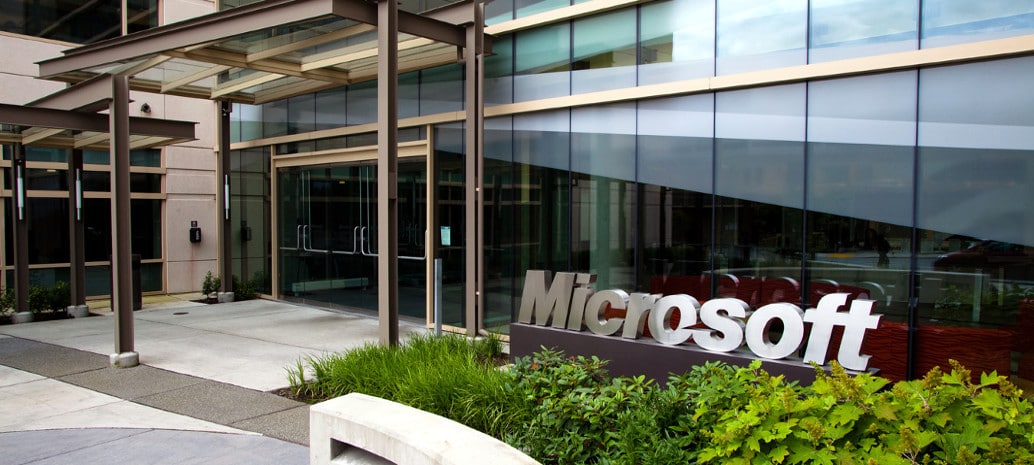More often than not, when we talk about renewable energy mandates and goals, we’re talking years and years down the line. Whether it be the goals of companies or the renewable energy mandates of states, the generation goals can be a decade off, and it’s rare to see any party in hot pursuit of renewable acquisition with a deadline looming in the immediate future.
Enter Microsoft, which yesterday evening announced that it has closed a 20-year purchase agreement for the energy generated by First Solar’s 150 MWac Sun Streams 2 solar plant. The plant, which is expected to be completed in 2021 will become a key piece in Microsoft’s company goal of having renewable energy supply 60% of the electricity used by its data centers by the start of 2020.
This is yet another instance of big corporate solar procurement, however the buyer being Microsoft adds a wrinkle. Looking back at SEIA’s 2018 Solar Means Business Report, you’ll notice that Microsoft, unlike other tech giants, is not in the top-10. In fact, if you go to search all tracked projects on the interactive map, Microsoft has none. The first explanation for this is simple: Microsoft has chosen to invest in wind. The company has a purchased portfolio of more than 1.2 gigawatts in six states and three continents, spearheaded by three wind projects in the U.S. in Texas, Illinois and Kansas, totaling almost 500 megawatts.
So while solar has not been the focus, it’s still present in the company’s generation portfolio, or at least it will be. The company will get an immediate 150 MW boost in 2021 when the aforementioned Sun Streams 2 solar plant enters into operation. Even bigger was the power purchase agreement signed with sPower for 315 MW generated by the company’s planned Pleinmont 1 and 2 projects in Virginia. Those projects represent the biggest portion of the 500 MW installation planned for Spotsylvania.
With Microsoft also contracting for the power from a 20 MW solar project, also in Virginia, the company has made a significant investment in solar. That investment just hasn’t shown yet because none of the projects are finished, and all are expected to enter into commercial operation within the next two years.
Interestingly enough, when these projects are completed, they’ll bring Microsoft’s total solar portfolio to 485 MW, which is almost 100 MW more than the 393 MW procured to date by Apple, which leads all corporations in installed and contracted solar capacity.
What this all means is that Microsoft’s 60% by 2020 plan is a procurement date rather than an on-line date. While wind will fill a considerable portion of that figure, Microsoft is claiming the generation of those solar projects within this goal, even though they will not all come on-line until 2021 at the earliest.
This content is protected by copyright and may not be reused. If you want to cooperate with us and would like to reuse some of our content, please contact: editors@pv-magazine.com.









By submitting this form you agree to pv magazine using your data for the purposes of publishing your comment.
Your personal data will only be disclosed or otherwise transmitted to third parties for the purposes of spam filtering or if this is necessary for technical maintenance of the website. Any other transfer to third parties will not take place unless this is justified on the basis of applicable data protection regulations or if pv magazine is legally obliged to do so.
You may revoke this consent at any time with effect for the future, in which case your personal data will be deleted immediately. Otherwise, your data will be deleted if pv magazine has processed your request or the purpose of data storage is fulfilled.
Further information on data privacy can be found in our Data Protection Policy.